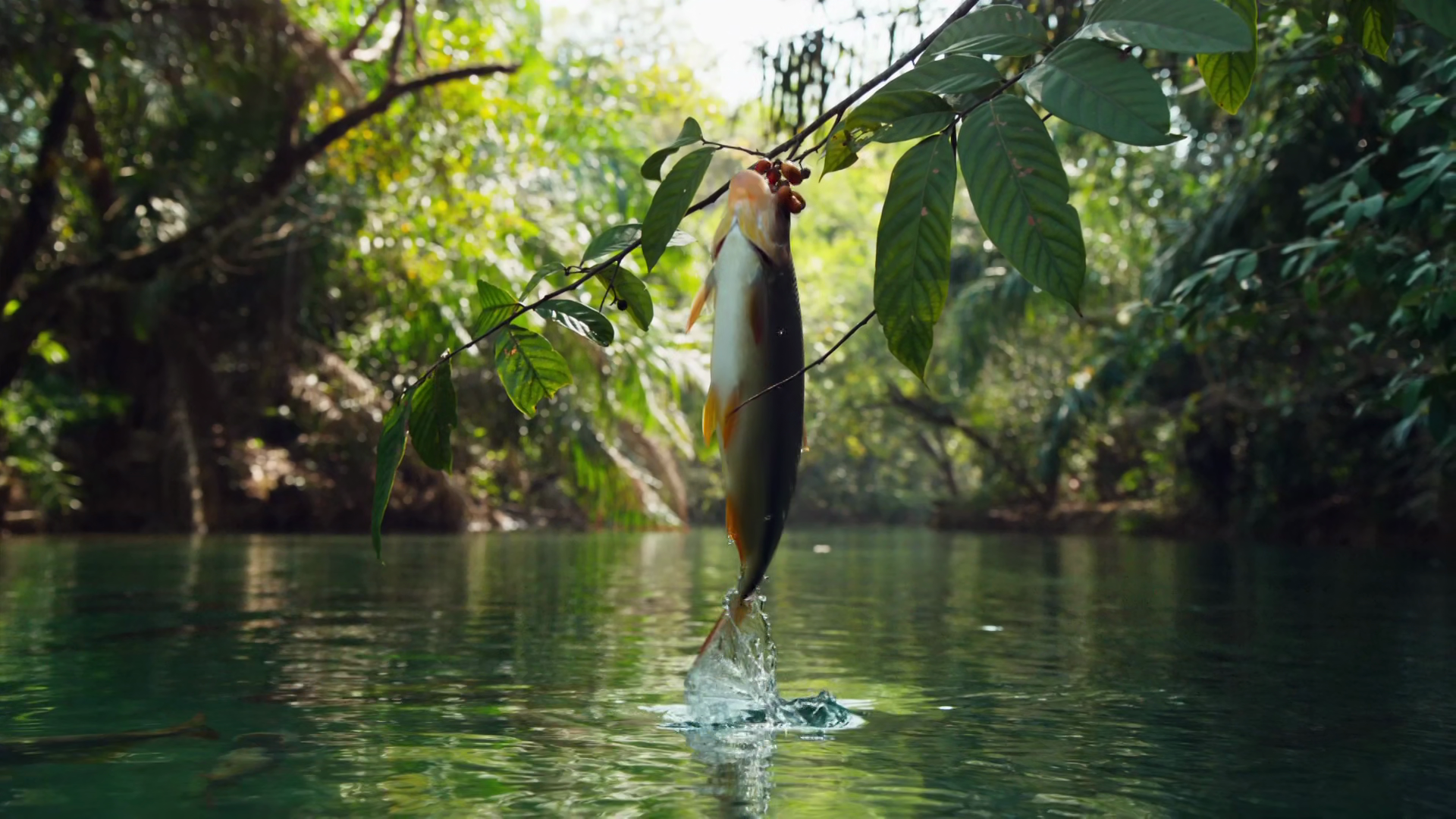Introduction
This refers to monumental series like The Blue Planet, Planet Earth and the very latest Seven Worlds, One Planet. These series have Attenborough’s narrative voice in common (in the more recent ones he briefly appears at the start and end). They also have an accompanying book where he writes some kind of an introduction.
In some cases he may have had a say in what material was being dealt with and how to convey the message (exact words used).
Having already produced so many groundbreaking series BBC approached Attenborough to participate in the forthcoming blockbuster, The Blue Planet. In Life Collection using underwater helmets had been mostly abandoned because they didn’t work properly. Since then they had vastly improved so a presenter could work underwater without the fear of drowning. However, this presenter would for technical reasons be less effective than on land so it was decided Attenborough would narrate them without appearing on screen. Having the comments “Narrated by David Attenborough” might lead to him getting credit that might be undeserved at times but they were happy with that.* The credit was not surprising since in some of his own earliest series there were long spells where he didn’t appear, most obvious examples being in some Life on Earth‘s episodes.
His role in most recent series has been vague, being in the book accompanying the recent (Dynasties, 2018) series listed as a part of the production team. The same applied to the previous series.
Given this role of his, it seems a logical question why he had not seen any of the material in Dynasties until he saw the finished film (https://www.youtube.com/watch?v=OgcDGUkAz2U)?
References
*Life on Air Updated version, 2010 (p.374)
